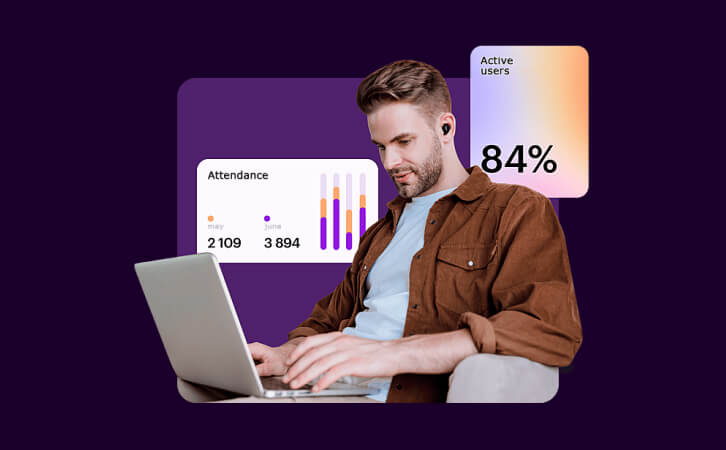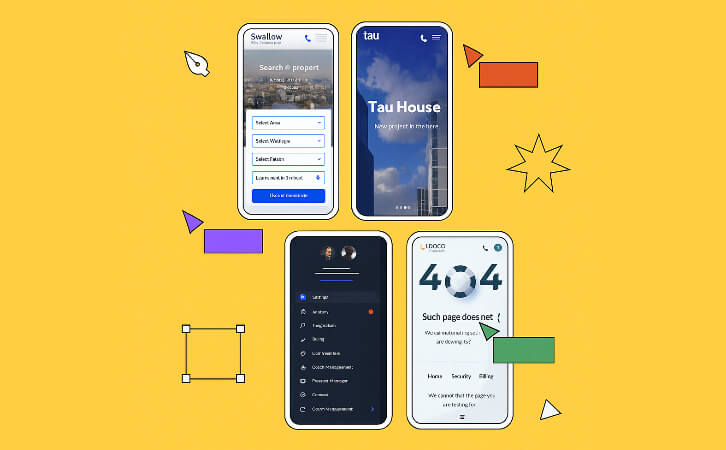The world of data is evolving rapidly, and today analytics plays a key role in all areas of business. A Data Analyst is not just a profession — it’s an opportunity to work with information, uncover hidden patterns, and make decisions that can transform companies. If you want to master a high-demand profession and become part of this exciting world, this is a great way to begin your journey. In this article, I’ll explain how to get started and how to become a successful specialist in the field.
Why Data Analytics is the Profession of the Future
Every year, the volume of data in the world grows exponentially. Companies use analytics to optimize operations, make strategic decisions, and boost revenues. Here are a few reasons why you should consider this career:
- High demand. Data analysts are needed in IT, finance, marketing, retail, and many other industries.
- Competitive salary. The average income of a data analyst is significantly higher than that of many other entry-level professionals.
- Flexibility. You can work remotely or in an office, and choose projects that interest you.
- Career growth. You can advance to become a Data Scientist, BI Analyst, or even CTO.
What Should a Data Analyst Know?
If you’re a beginner — don’t worry! Here are the key skills you’ll need:
- Python and SQL — essential tools for working with data.
- Excel and Google Sheets — indispensable for data analysis and visualization.
- Statistics and mathematics — to make accurate conclusions and build forecasts.
- BI tools (Tableau, Power BI) — for creating clear and user-friendly reports.
- Business logic — it’s not just about analyzing data, but also understanding how to apply it in real-world business scenarios.

What Makes the Coursera Course Stand Out?
I’ve seen many educational programs, but the «Google Data Analytics Professional Certificate» course from Coursera stands out for its approach:
- Learning from scratch. The course is designed for beginners and does not require any prior experience or technical background. It covers the fundamentals of analytical thinking, data handling, and tools like spreadsheets, SQL, R, and Tableau.
- Hands-on assignments. The program includes over 180 hours of instruction and hundreds of practice-based assessments that simulate real-world data analytics scenarios. This helps learners build job-ready skills.
- Expert support. The course was developed by Google data analytics professionals and includes step-by-step guidance through video lectures, readings, and interactive content.
- Portfolio-ready case studies. As part of the program, you’ll complete a case study project that can be added to your portfolio to showcase your newly acquired skills to potential employers.
- Flexible learning schedule. The course is designed to be completed in about six months at a pace of 10 hours per week, but you can study at your own pace to fit learning into your existing schedule.
What Does a Data Analyst’s Workday Look Like?
A typical day for a data analyst often includes:
- Exploring new data and cleaning it from “noise.”
- Building reports and visualizing results.
- Creating dashboards in BI systems.
- Communicating with the business team and presenting findings.
- Optimizing processes based on the gathered information.
It’s an interesting, dynamic job where things are never boring!
How to Start Your Journey into Data Analytics
If you want to grow in this field, my advice is — don’t wait! Take the «Google Data Analytics Professional Certificate» course from Coursera, gain in-demand skills, and start a new career in the world of data.


